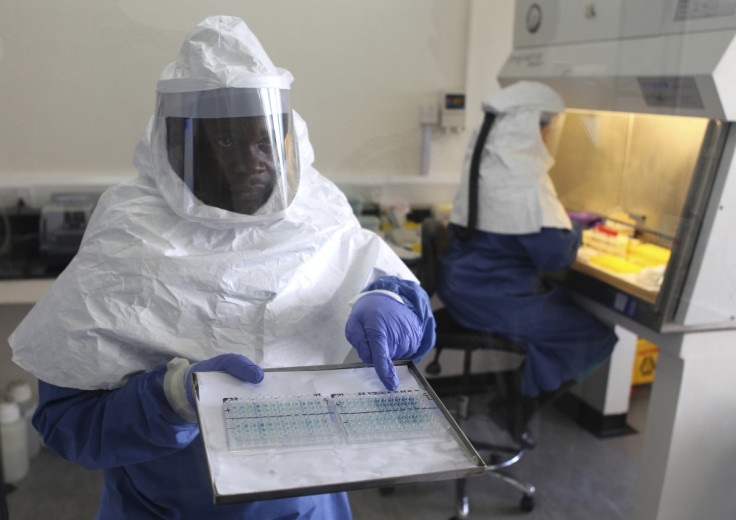Latest Ebola Pandemic Source Traced to Two-Year-Old Guinean Boy

Scientists have traced the current Ebola outbreak to a 2-year-old boy who died last December in Gueckedou in southeastern Guinea. But doubts still remain on how a small child could have contracted the disease.
A week after the boy's death, his mother died and then his three-year-old sister and grandmother succumbed to the same symptoms, the New York Times reported.
The boy and his relatives were not tested then for Ebola as the disease was not on the radar of health care workers until much later.
However, looking back at the case, scientists have concluded that the boy and his relatives who died had exhibited Ebola symptoms.
Contaminated fruit or needles are two ways in which the two year old may have contracted the disease, the team from Pasteur Institute in Lyon, France that studied the Guinea outbreak say. Or there was an undetected case prior to that.
Bordering Sierra Leone and Liberia, Gueckedou is at the intersection of three nations. This probably allowed the disease an easy entry point to all the regions now hit by Ebola, according to the report.
The chain of infection has been identified from the boy to his mother, sister, grandmother and further on to the grandmother's village. From there it spread between health workers and doctors, all of whom infected their relatives in turn.
By the time Ebola was recognised, in March, dozens of people had died in eight Guinean communities while many cases had come up in Liberia and Sierra Leone, all nations still recovering from decades of civil unrest.
In mid-March, when Guinea's Ministry of Health asked Doctors Without Borders for help in Gueckedou they still were unaware it was Ebola. As the illness worsened isolation units were set up and tests confirmed Ebola.
Tracing people who had been in contact and keeping a check for 21 days was a tough task for the health staff. Given the poverty and poor facilities available, and the low level of awareness, treatment was poor. In many cases, owing to lack of fever Ebola was not detected. But fever dies down in the end stages of the infection. In the process, many health care workers were exposed to the virus.
Often treatment rooms were poorly lit and with no sink. There were few buckets of chlorine solution making it impossible to clean their hands. Gloves, in short supply at the hospitals, sold at prices unaffordable by the poor. At homes, even plastic buckets to hold water and bleach for washing hands and disinfecting linens were lacking.
Awareness has since then improved, but poverty remains the same.
© Copyright IBTimes 2025. All rights reserved.





















